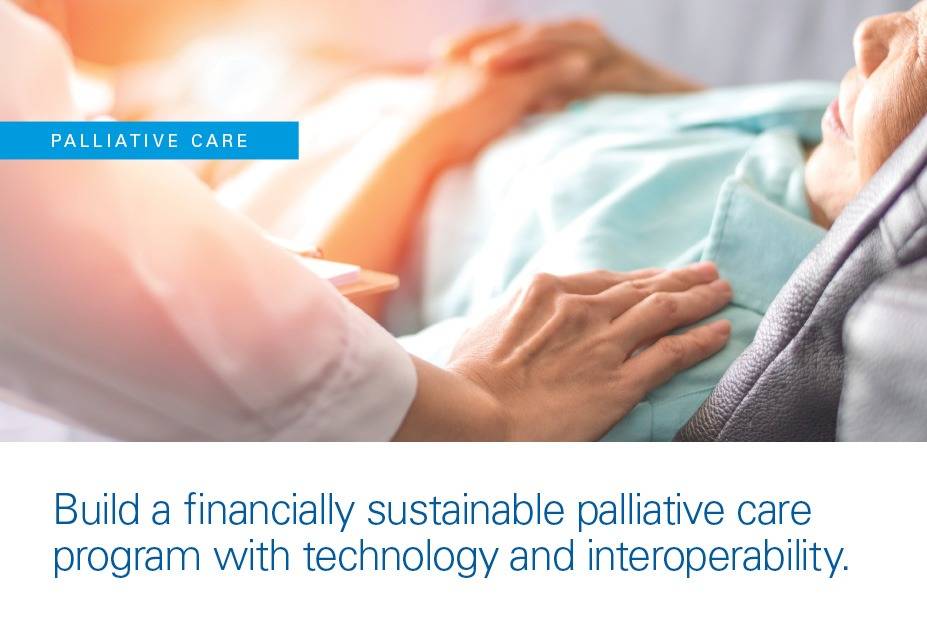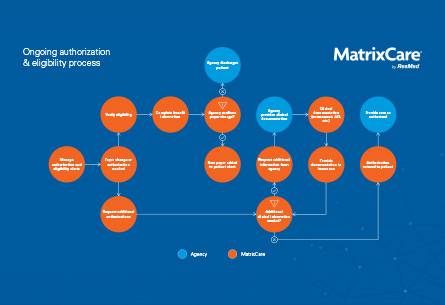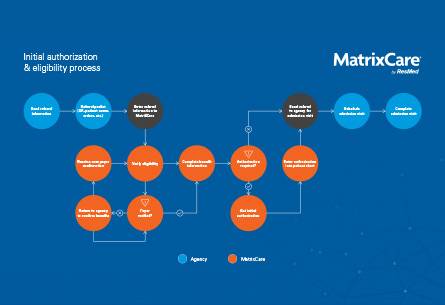If you believe palliative care programs are money takers, not makers, you are not alone. While palliative care programs are similar to hospice care programs, only half of the U.S. community-based palliative care programs are
managed by hospice providers today. A palliative care program is a team approach to improve the quality of life for people living with a serious disease or illness.
With palliative care, positive outcomes for recovery are possible.
Palliative care includes ongoing treatment as well as pain management. Much like hospice care, this setting is about giving the right care, at the right time, and in the right place. Interest in palliative care is growing among hospice providers for a variety of reasons. Many are looking to mitigate the financial risks associated with high-cost, high-need patients. Others are seeking areas for savings, while the need to care for this population continues to grow. Some hospice agencies are simply trying to stay ahead of the curve with two distinct revenue streams. What makes hospice care more profitable than palliative care? A major difference between the two programs involves where the referrals and reimbursements come from. More than 90% of hospice patients are billed through Medicare and must meet Medicare eligibility requirements. Palliative care patients do not have these same requirements and include a wider range of insurers.
Understanding referral sources
A high percentage of hospitals, physicians, and clinicians are using electronic transmissions for their business referrals, prescriptions, patient information exchange, payables, and reporting. More than half of referral sources give their business to providers that they can digitally connect with and who can digitally connect with their patients. For this reason, technology is a key component in a successful palliative care program.
Discover how you can make your palliative care program successful.





